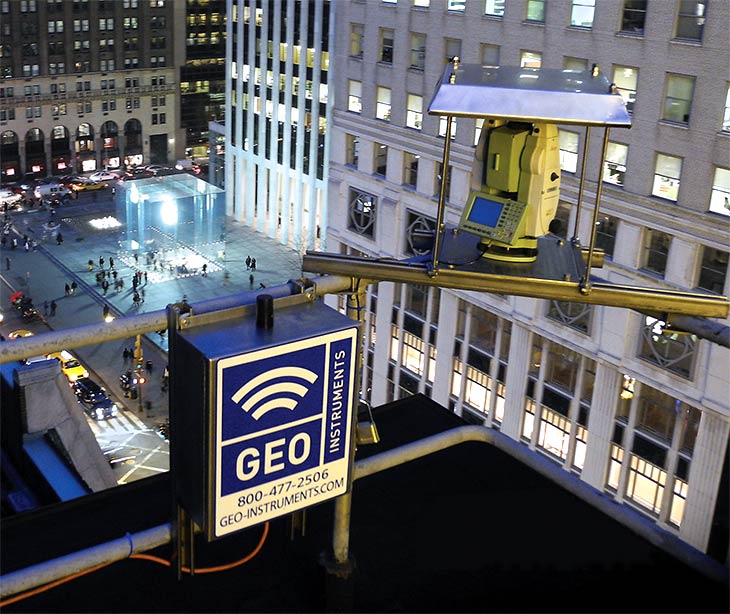
- Building settlement marker installation guide install#
- Building settlement marker installation guide free#
Then tamping the poured concrete will fill any remaining air gaps. A better option is fine granular materials.Ĭoncrete works as well as it’s fluid, and it’ll flow around conduits filling almost all air gaps. The entire weight of your fill and the above traffic will then fall on your conduits. Because the poured dirt will create air gaps. Important Note: dumping dirt over conduits while using spacers can cause damage. Also, trench excavation is usable too, or a mixture thereof, with a sieve no greater than 200. This makes clean natural sand and gravel as usable options. The coefficient of uniformity should be 3 or greater.

The material should also conform to the following table: U.S. The material should have a sand equivalent value of not less than 20.
Building settlement marker installation guide free#
You want to use granular material free from organic matter. This is the material used to refill a trench from the trench bottom to your conduit bottom. To better explain, we’ll go over the three backfill material layers. As we discussed, you don’t want any damage inflicting material around your conduit. Because in your native excavated soil, you’ll typically find small and large rocks. Proper backfill is critical to installing conduit. This prevents conduits from floating during concreting. The spacers allow for proper compaction around conduits. Flowable fill is a self-compacting cement-type material, used instead of compact fill. Hot spots will over time break down your wire’s insulation and cause ground fault issues.įinally, use spacers if you’re vertically stacking your conduits while using flowable fill. Plus, you’ll maintain a constant impedance across your wires and avoid hot spots. This will maintain the current carrying capacity of your conductors. Then for power conduits, a 3″ separation between conduits is best practice. This helps prevent the sagging and deforming of conduits.
Building settlement marker installation guide install#
When you have two or more conduits, install molded plastic spacers every six feet. This is one reason to add expansion fittings on vertical risers, to allow for settling. Also, the temperature swings underground are much slower.Įxtreme temperature swings cause conduit damage from expansion and contraction. You may have a 10☏ swing underground versus 100☏ above ground. Important Note: temperature swings are typically much less underground. So add expansion fittings on the vertical riser portions, to allow for settling. This conduit segment is most prone to damage. Next, a segment of your conduit will eventually rise above grade through the frost. So if your frost line is 5-feet below grade, install the 1-inch thick insulation at the 4-foot mark. This insulation is equal to roughly one foot of regular soil depth.

For example, use 1-inch rigid insulation. This will help prevent the frost from penetrating any deeper into the soil. Install a layer of rigid insulation above your conduit in the area you’ve excavated.

But if you don’t receive helpful feedback, all hope isn’t lost.

If you live in a very cold region, I’m sure guidelines exist for best installation practices. In these instances, first, check with your local jurisdiction in charge. If your frost depth is 8-feet below grade though, the installation may not be practical. Also, this prevents conduit damage from thermal expansion and contraction. This will help prevent the freezing of any water, which enters your conduit. In very cold regions, install your conduit below the frost depth. At the same time, be sure dewatering systems don’t remove natural soils. Important Note: control groundwater to prevent softening of the bottom of excavations.


 0 kommentar(er)
0 kommentar(er)
